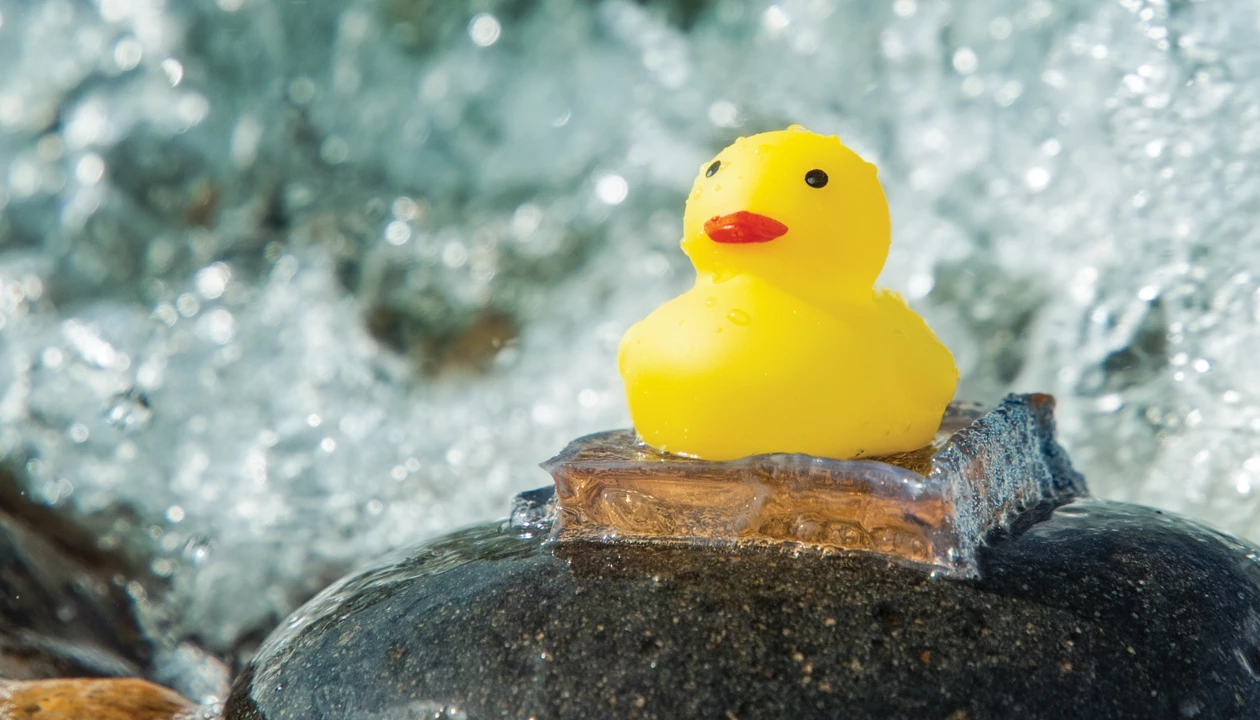Extremely sticky, waterproof glues have long been a critical necessity of mankind. Now, researchers have developed two such superglues that were designed by artificial intelligence after taking inspiration from a plethora of sticky proteins found in nature (Nature 2025, DOI: 10.1038/s41586-025-09269-4).
One of the holy grails of materials science has been concocting strong and reliable waterproof glues, a quest that’s notoriously dependent upon trial and error, thus making the process luck based. Traditional glues often fail in wet environments because water disrupts the critical interactions needed for adhesion. Yet, nature is replete with organisms such as mussels, barnacles, and other marine creatures that have evolved to adhere strongly in wet, even turbulent conditions.
Hailong Fan of Hokkaido University, Japan, and his team mined a comprehensive dataset of over 24,000 adhesive proteins from bacteria, eukaryotes, archaea, and viruses, spanning over 3,800 species. “Rather than mimicking one organism like the mussel, we essentially let evolution be our guide, treating nature as a massive design database,” Fan says.
They found that despite their taxonomical diversity, these proteins shared characteristic amino acid sequences, especially the pairwise arrangements of amino acid functional classes involved in adhesion. Next, they created 180 novel, waterproof glues from random, free-radical copolymerization of six monomers, each representative of an amino acid functional class.
Then the team measured the underwater strength of every glue, with an Escherichia derived glue emerging strongest at 147 kilopascal. Mussels, by comparison, can latch onto rocks with roughly 800 kPa of force. The researchers used this data to train machine learning models to conjure novel, better performing designs and predict their underwater strengths. Next, the team synthesized glues predicted to have topnotch strengths, measured their actual strengths, and then again fed this data to the ML models. Ultimately, they ended up with three sample glues (named R1-max, R2-max and R3-max), each being the top-performer of its respective “learning” round.
They found that the glues exhibit mind-boggling underwater strength with R1-max topping the chart at more than 1 million Pa. More than 200 cycles of attachment and detachment failed to weaken R1’s grip, and it held together plates of various materials under a 1 kg load for more than a year, demonstrating its reusability and longevity. A rubber duck that was attached to a seaside rock with R1-max withstood relentless crashes of ocean waves and tides, a testament to its exceptional durability. And R2-max instantly sealed a 2-cm-diameter hole at the base of a three-meter pipe filled with tap water.
Robert Macfarlane, a materials scientist at the Massachusetts Institute of Technology who wasn’t involved in the study, describes the work as mimicking “a biological evolution process that optimized material design for a specific performance.” He calls it “an interesting example” of using machine learning and data mining to produce functional materials.
Using commercially available monomers and simple free-radical polymerization makes this approach scalable, Macfarlane says. He adds that “processing the materials into useful and application-ready form factors, and other issues, including the long-term stability and toxicity of the materials, and the response of these materials to different environments” would have to be addressed before its widespread adoption.
Chemical & Engineering News
ISSN 0009-2347
Copyright ©
2025 American Chemical Society
